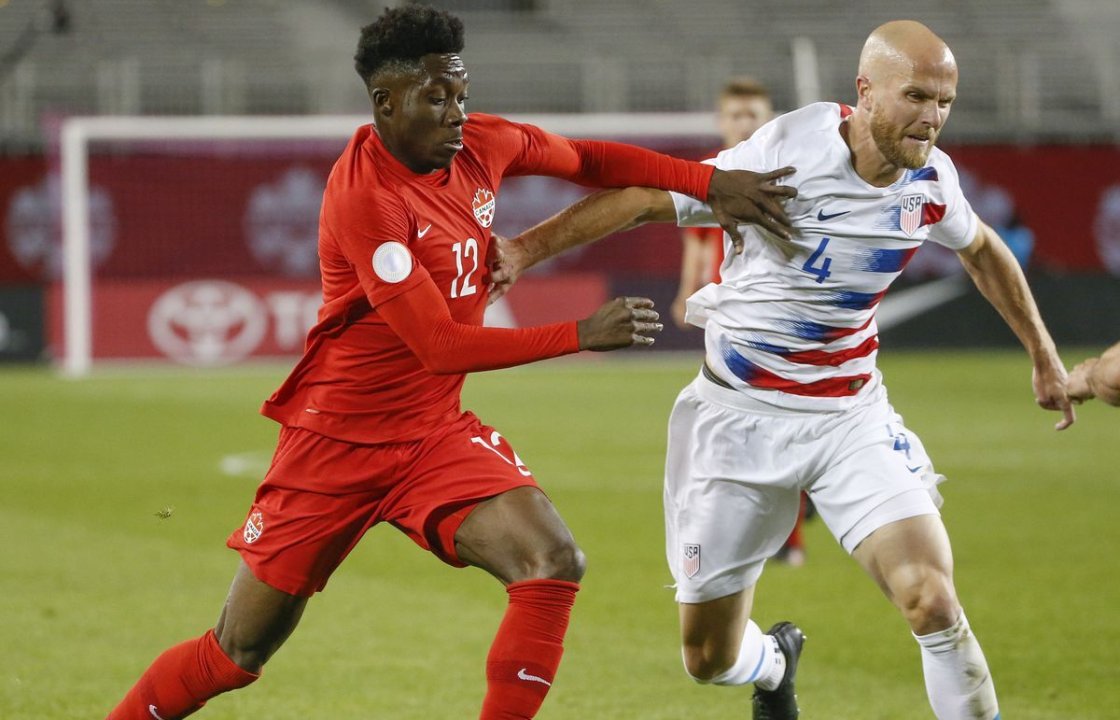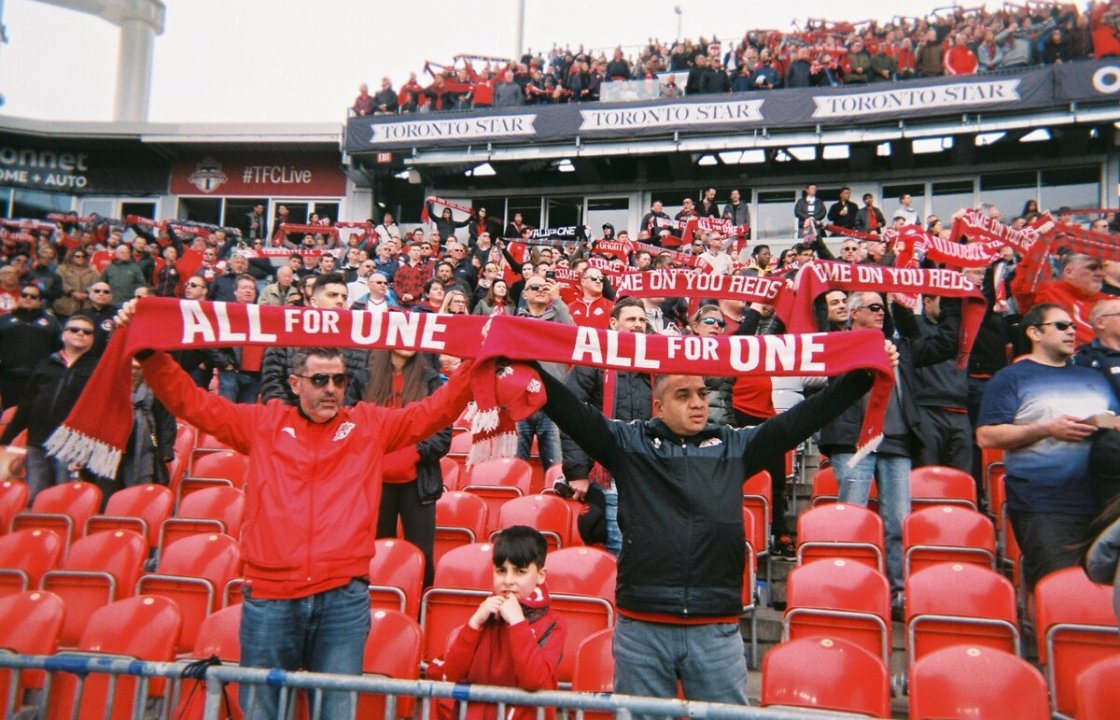The rivalry between Canadian and U.S. clubs is no longer just regional pride—it’s evolving into one of the most electrifying narratives in North American soccer.
A New Era in North American Soccer
For years, Major League Soccer (MLS) was seen primarily as an American league. But with the inclusion and rise of Canadian clubs like Toronto FC, CF Montréal, and the Vancouver Whitecaps, the dynamic has shifted. What once seemed like a regional partnership is now turning into a heated cross-border competition, especially as both countries fight for dominance not only in MLS but also in international tournaments like the CONCACAF Champions Cup (previously Champions League).
The increasing quality and ambition of Canadian clubs are fueling a new chapter in the sport’s growth across the continent. These teams are no longer playing catch-up. They’re challenging for titles, investing in youth development, and bringing in world-class talent. As a result, every match between U.S. and Canadian clubs now carries more weight, intensity, and national pride.
Historical Roots of the Rivalry
The rivalry traces back to 2007 when Toronto FC became the first Canadian team to join MLS. For years, U.S. clubs largely dominated the league, but Toronto’s historic 2017 season, which included an MLS Cup, Supporters’ Shield, and Canadian Championship, changed the narrative. Suddenly, Canadian clubs weren’t just participants—they were powerhouses.
That success sparked motivation across the border. American clubs began to view Canadian sides as real threats. Matches between teams like Toronto FC and Seattle Sounders, or Montréal vs New York Red Bulls, began to reflect the intensity usually reserved for local derbies.
This growth translated onto the CONCACAF stage, where Canadian clubs increasingly held their own against traditional powerhouses from Mexico and the United States. The Vancouver Whitecaps’ recent run to the 2025 CONCACAF Champions Cup final, after defeating teams like Inter Miami, is a perfect illustration of this surge in Canadian competitiveness.

MLS Matches: More Than Just League Points
In today’s MLS, matchups between Canadian and U.S. clubs are much more than standard league fixtures. They have become symbolic of the broader competition for soccer supremacy in North America. When Vancouver faces LAFC or when CF Montréal visits Austin FC, the intensity and atmosphere mirror some of the fiercest rivalries in world football.
The fans play a massive role in fueling this rivalry. Supporters’ groups on both sides of the border create electric environments, waving flags, singing anthems, and proudly representing their nation through their clubs. Social media battles before and after matches further intensify the narrative, as both sides jockey for bragging rights.
Every match becomes a litmus test—are Canadian clubs continuing to rise, or are U.S. clubs still in control? That question brings tension, excitement, and viewership.
The Champions Cup: A Continental Battleground
Beyond MLS, the CONCACAF Champions Cup has become a true battleground where national pride meets club ambition. Canadian teams have long desired validation on the continental stage, and now, they’re getting it.
Toronto FC’s run to the 2018 Champions League final proved that Canadian clubs could go toe-to-toe with the best from Mexico and the U.S. That journey included dramatic penalty shootouts, raucous home crowds, and tactical masterclasses. Though they ultimately fell short, they earned continental respect.
In 2025, the Vancouver Whitecaps carried the torch, eliminating Inter Miami and booking a spot in the final against Mexican giants Cruz Azul. This isn’t just a victory for one club—it’s a statement that Canadian soccer has arrived. The storylines practically write themselves: a nation seeking recognition, clubs fighting legacy-rich opponents, and fans embracing the belief that they can win it all.
These successes add new dimensions to the rivalry. Now, U.S. clubs aren’t just competing against their Canadian neighbors in MLS—they’re also trying to outperform them in continental competitions that matter just as much, if not more.
Club Culture and National Identity
What makes this rivalry even more fascinating is that it blends club allegiance with national identity. While European derbies like Manchester United vs Liverpool are rooted in city pride, this rivalry has a nationalistic undertone.
When Toronto plays New York or when Montréal faces Atlanta, fans aren’t just rooting for their club—they’re rooting for their country. Canadian fans take immense pride in their clubs outperforming those from the U.S., and American fans don’t want to concede dominance to what was once considered a "soccer underdog" nation.
This combination of local loyalty and national pride adds fire to every fixture. It’s not just about three points or a trophy—it’s about proving a point about whose soccer culture is stronger, more passionate, and more successful.

Youth Development and Identity
Another layer that fuels the rivalry is the evolving developmental infrastructure on both sides of the border. U.S. Soccer and the Canadian Soccer Association are both heavily investing in youth academies, regional training centers, and homegrown talent.
The success of players like Alphonso Davies, who emerged from the Whitecaps system, and Jonathan David, who played in Canadian youth leagues, shows the global potential of Canadian soccer. The U.S., with its larger pool of talent and growing emphasis on player development through MLS Next and college pathways, is also experiencing a talent boom.
This competition to develop the best young talent contributes directly to the rivalry. Clubs are no longer just competing on the field—they’re battling in scouting networks, training philosophies, and academy systems. It’s a race to develop the next global superstar, and both sides are investing heavily in winning that race.
The Road Ahead: World Cup, Growth, and More Clashes
As North America gears up to host the 2026 FIFA World Cup across the U.S., Canada, and Mexico, the timing of this rivalry couldn’t be better. Both nations are striving to build stronger domestic leagues, improve infrastructure, and ignite fanbases.
The rivalry between Canadian and U.S. clubs is part of a broader movement to elevate North American soccer on the world stage. With more Canadian clubs eyeing expansion and MLS continually raising the competitive bar, fans can expect even more thrilling showdowns, dramatic upsets, and memorable goals.
More importantly, these battles will serve as a proving ground for the talent that will represent both nations in the global spotlight. The fight for continental and league glory will feed directly into the narrative of which country is more prepared to shine in 2026 and beyond.
A Connection to SIA Academy: Rivalry as a Tool for Growth
At SIA Academy, we believe that competition breeds excellence. The growing rivalry between Canadian and U.S. clubs is a perfect example of how healthy competition drives performance, identity, and innovation—values we instill in every player that joins our programs.
Just like these clubs, our players are exposed to high-level challenges, international experiences, and environments where nationalities mix and compete in pursuit of excellence. The cross-border battles in MLS and the Champions Cup inspire us to prepare athletes who are not just technically sound, but also mentally resilient and proud of their identity.
Our training philosophy mirrors the drive shown by North American clubs—investing in individual growth, encouraging team cohesion, and creating a culture that embraces both diversity and ambition. Whether it’s preparing for a professional trial, a showcase tournament, or an academy league match, we push our players to rise to the challenge—just like the clubs in this evolving North American rivalry.






